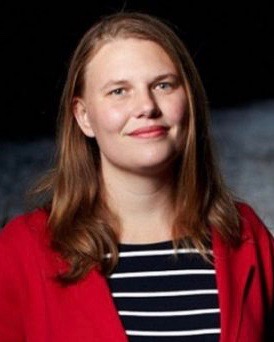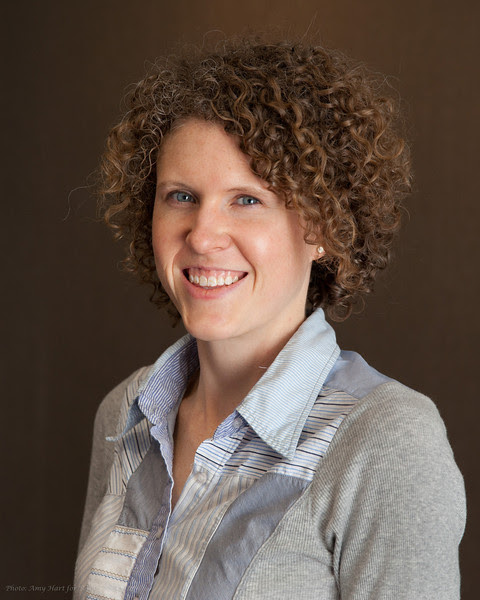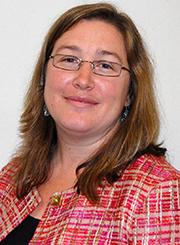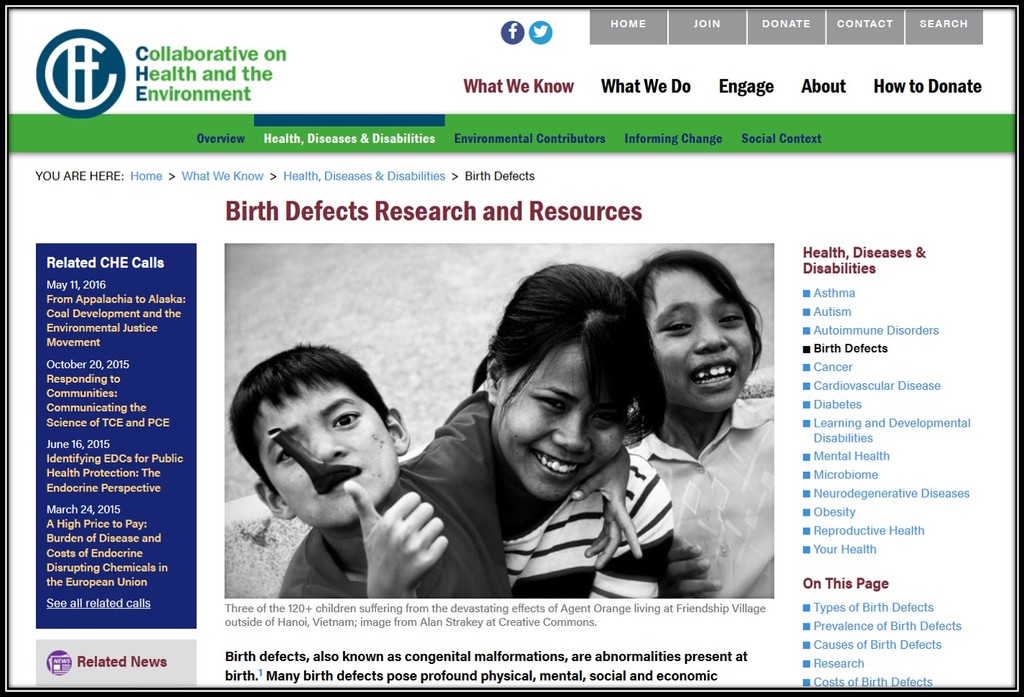Blog
Post category: Food and Agriculture Environment
2018
What’s new
Meet our 20 Pioneers under 40 in Environmental Public Health: Sara Wylie, PhD
 Sara Wylie, PhD developed an interest in science from a young age, having grown up with two developmental biologists as parents. As she got older and started asking her own questions, her focus turned to how chemicals, especially those that look like hormones to the body, can shape the life course. As she went through school and studied to be an anthropologist of science, these interests grew even more complex. . . .
Sara Wylie, PhD developed an interest in science from a young age, having grown up with two developmental biologists as parents. As she got older and started asking her own questions, her focus turned to how chemicals, especially those that look like hormones to the body, can shape the life course. As she went through school and studied to be an anthropologist of science, these interests grew even more complex. . . .
2017
What’s new
Webinars
Meet our 20 Pioneers under 40 in Environmental Public Health: Joan Casey, PhD
 Like many who find themselves in environmental health, Joan Casey’s interest in studying the impacts of industrial agricultural came when she heard a startling fact.
Like many who find themselves in environmental health, Joan Casey’s interest in studying the impacts of industrial agricultural came when she heard a startling fact.
“I got involved in doing the antibiotic use in livestock feed work because I took a course where they said that 70% of antibiotics sold for use in the US are used in animal feeds and not in human medicine. That was a really shocking statistic to me,” Dr. Casey shares. . . .
2017
What’s new
Webinars
Meet our 20 Pioneers under 40 in Environmental Public Health: Laura Vandenberg, PhD
 Laura Vandenberg, PhD, is trained as a developmental biologist, but became interested in environmental health as she started to focus on the times when biology had imperfections. Instead of looking at how stem cells differentiate into skin, or muscle, or tissue, she was interested in “what happens when those processes go wrong,” Dr. Vandenberg shares. . . .
Laura Vandenberg, PhD, is trained as a developmental biologist, but became interested in environmental health as she started to focus on the times when biology had imperfections. Instead of looking at how stem cells differentiate into skin, or muscle, or tissue, she was interested in “what happens when those processes go wrong,” Dr. Vandenberg shares. . . .
2017
What’s new
Just released! Protecting Children’s Health Where They Live, Learn, and Play.
This report from the NIEHS/EPA Children’s Environmental Health and Disease Prevention Centers highlights some of the important contributions the centers have made toward reducing the burden of environmentally induced or exacerbated diseases placed on children. The report provides examples of success in the community and in support of public health. It is organized in three section:
- Health outcomes, presenting scientific findings from the Children’s Centers on diseases that sometimes affect children
- Environmental exposures, presenting research findings on chemicals and pollutants children are commonly exposed to through air, water and food.
- Hallmark features, highlighting the unique features that have facilitated the work of the Children’s Centers and advancements in the field.
2017
What’s new
A New Chapter in A Story of Health!
Reiko and Toshio are a Japanese-American couple in their early 30s who met in college and later married. They have been trying to have a child for about a year and feel frustrated that Reiko is not yet pregnant. They are not alone—infertility is not uncommon.
Follow Reiko and Toshio as they explore what may be contributing to their infertility and their options for interventions. Their story is the newest chapter in A Story of Health multimedia eBook, available at no cost. This eBook uses videos, infographics and articles by experts to illustrate where and how we live, work, and play can influence reproductive health. Written for health care providers, prospective parents, health advocates, policy makers and others concerned about environmental influences on reproductive health, the story includes links to additional resources and scientific references on each page.
Health professionals can register for free continuing education credits (CE) through the Centers for Disease Control and Prevention (CDC), with ATSDR hosting the CE accreditation pages.
The first installment of the eBook, with chapters on asthma, developmental disabilities and childhood leukemia, is also available to download for free, either in total or as individual chapters.
A Story of Health has been developed in a collaboration among the federal Agency for Toxic Substances and Disease Registry (ATSDR), the Center for Integrative Research on Childhood Leukemia and the Environment (CIRCLE) at the University of California, Berkeley, Collaborative on Health and the Environment (CHE), the Office of Environmental Health Hazard Assessment, California EPA (OEHHA), the Science and Environmental Health Network (SEHN), and the Western States Pediatric Environmental Health Specialty Unit (PEHSU).
2017
What’s new
New Webpage: Birth Defects
 Our new webpage offers an overview of exposures, prevalence, prevention strategies, economic impacts and ethical issues regarding birth defects. Find out more by viewing our web page today!
Our new webpage offers an overview of exposures, prevalence, prevention strategies, economic impacts and ethical issues regarding birth defects. Find out more by viewing our web page today!
2017
What’s new
FDA-EPA Updated Fish Consumption Guidelines and Poster
 Earlier this year the EPA and FDA updated their recommendations on fish consumption during pregnancy and childhood. To accompany this update, they provided an easy-to-understand printable poster grouping fish into Best Choices that can be eaten two to three times a week, Good Choices that can be eaten once a week and Choices to Avoid categories. See the poster. . . .
Earlier this year the EPA and FDA updated their recommendations on fish consumption during pregnancy and childhood. To accompany this update, they provided an easy-to-understand printable poster grouping fish into Best Choices that can be eaten two to three times a week, Good Choices that can be eaten once a week and Choices to Avoid categories. See the poster. . . .
2016
Guest commentary
Closing the Gap on Health Disparities
This post is shared with permission from the Association of State and Territorial Health Officials. It was originally posted on StatePublicHealth.org. Stylistic edits have been made.
What do health disparities, interest on the national debt, and gun violence have in common? Would you believe it’s economic impact, to the tune of $229 billion dollars? That is not small change. This figure demonstrates the magnitude of an issue that continues to burden our society. . . .


